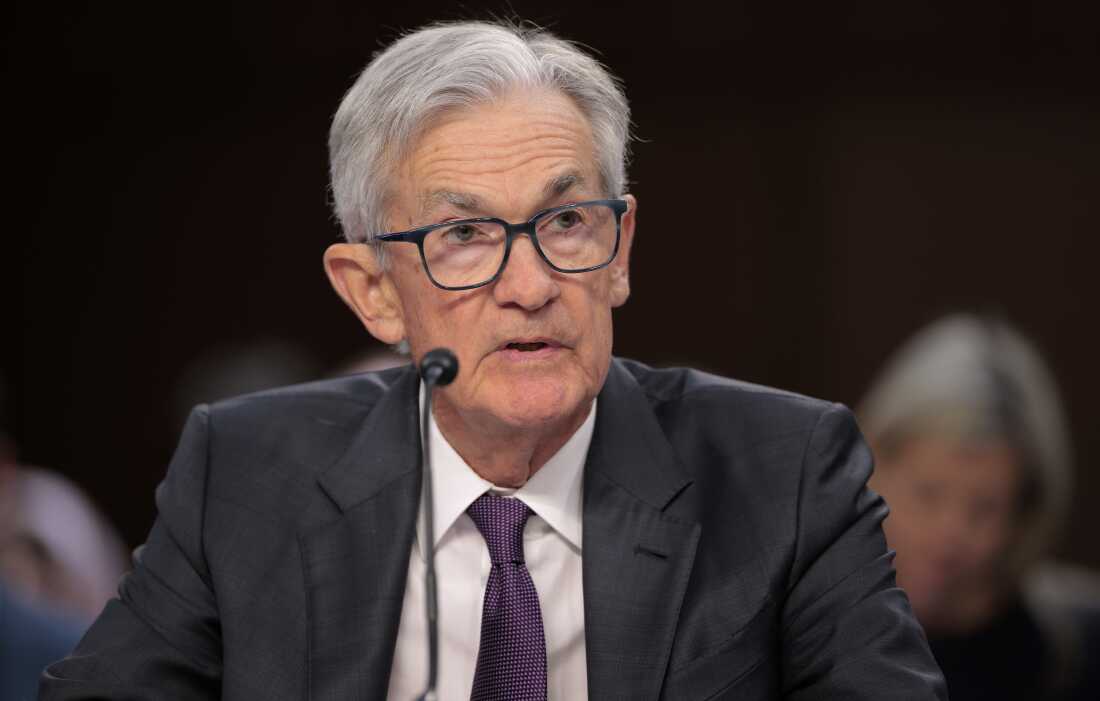Many central banks remain on course to cut rates further
Most G10 central banks remain on course to cut rates further as they grapple to find the hard-to-estimate neutral rate.

Many analysts expect the FED to take the fed fund target down by 50 bps through the remainder of this year in 25-bps chunks.
Many analysts expect the FED to take the fed fund target down by 50 bps through the remainder of this year in 25-bps chunks. But that’s fully priced into the market and should not cause a stir in the treasury market. What could cause a stir is inflation data for we are due to receive the delayed September CPI data on Friday. The Treasury has asked government statisticians to ignore the shutdown and construct the CPI data, as it is required for social security payments next year. But it creates the risk that the data are half-baked.
Perhaps fortunately, expectations are set at a relatively high 0.4% for headline prices and 0.3% for core prices. This may mean that the risk of a significant upside surprise is limited, but clearly it has to be counterbalanced by the fact that the data will likely lack the extensive personal data collection that goes into the usual CPI calculation, and that could produce data that is above the consensus (or below, for that matter). While the risk of overshooting CPI data might imply a risk to Fed rate-cut pricing and to bonds, the fact that the data will be seen as less reliable than usual might offer the Fed and the bond market bulls some cover.
In addition to this, FOMC members have shown sufficient willingness to ‘look through’ any temporary tariff-related price bump, and hence two rate cuts this year looks a fairly safe bet. But in spite of the ‘safety’ in the two-cut Fed projection for the remainder of this year, we do have misgivings about Fed policy that lead us to believe that longer-term bond yields are more likely to rise than fall. One reason for this is that the Fed will not be able to lower inflation to the 2% target on a durable basis. A combination of tariffs and migration controls seems likely to keep inflation high, while other sources of price pressure will likely remain in play as well.
For instance, the hefty electricity use by AI-related data centers could keep household electricity prices on a tear—as we have seen since the pandemic. Electricity might be a modest 3.2% of the CPI index, but our sense is that it is one of the more ‘visible’ expenditure components, along with food, that alarms consumers when prices are rising fast and can be responsible for elevated inflation expectations as a result.
Another issue that concerns us is that fiscal policy will be more supportive next year as the impact of President Trump’s one big, beautiful policy is felt. Should this bolster demand at a time when labor supply is constrained by the migration crackdown, we could find that price pressure increases still further. In sum, our concern is not that the Fed will be unable to cut rates in coming months, but that cuts could start to be reversed as early as 2027 and that’s one reason why we think that 10-year yields are most likely to rise towards 5% over the next year, or more, or some 100 bps above current levels.
If there is contention in the market about the case for significant rate cuts from the Fed, there’s even more about Bank of England rate cuts—and many of these lie within the MPC. Last week again laid bare the gap that seems to exist between the hawks and the doves, even if they all seem to agree that rates are likely to fall over the long haul. This thought was best encapsulated by BoE Chief Economist Pill, who argued that there should be a slowdown in the speed of rate cuts.
Given that the pace to date has been a pedestrian once per quarter, a slowdown risks falling behind the curve in our view. That’s the sort of argument made by doves on the MPC, such as Taylor. In the end, it might be that any near-term rate cuts come down to the opinion of one person: Governor Bailey. But he is still not nailing his colors to the mast, besides agreeing with others that rates are likely to come down over the long haul.
The market currently holds deep skepticism when it comes to the possibility of a base rate cut at the November 6th meeting. The implied probability of a cut is put at just 13% right now, but Steven Barrow, Head of Standard Bank G10 Strategy, believes the probability lies (just) above 50%. The difficulty for the BoE and the government is that the gilt market remains very vulnerable to perceived missteps on monetary and fiscal policy. This may engender caution from policymakers, but a once-per-quarter 25-bps rate cut schedule looks pretty cautious anyway.








